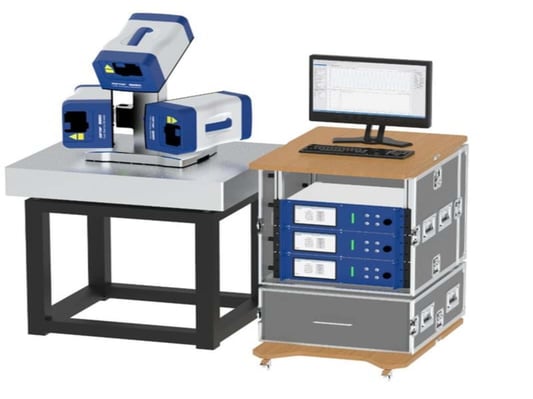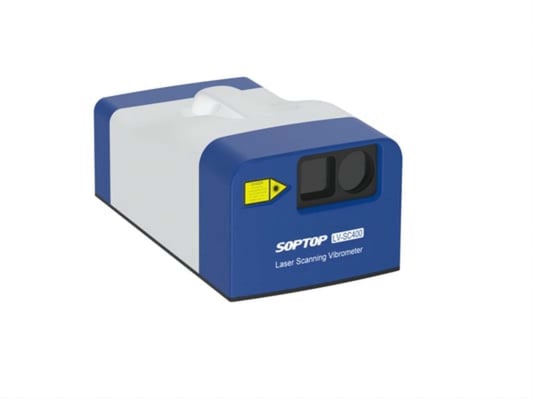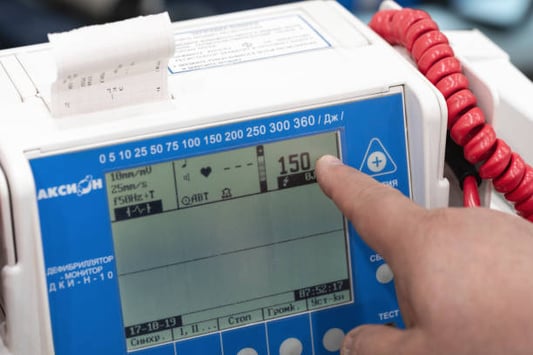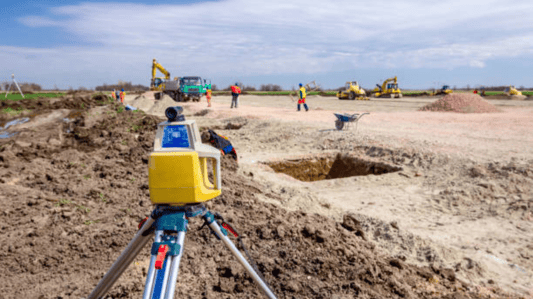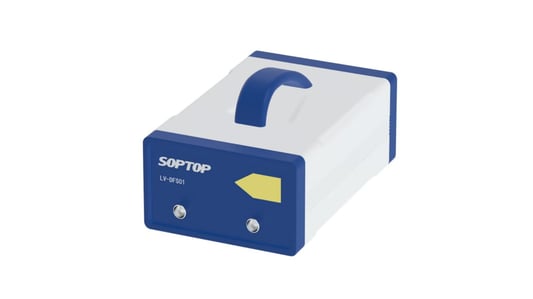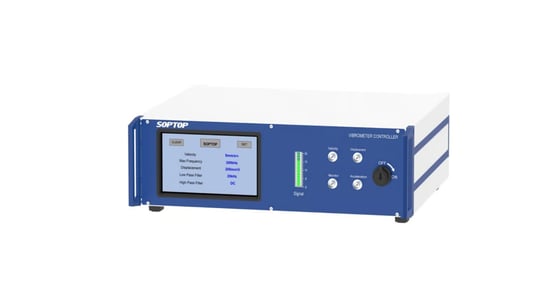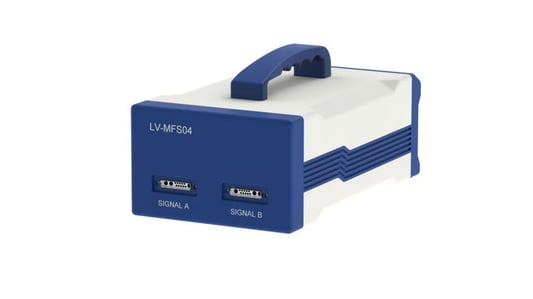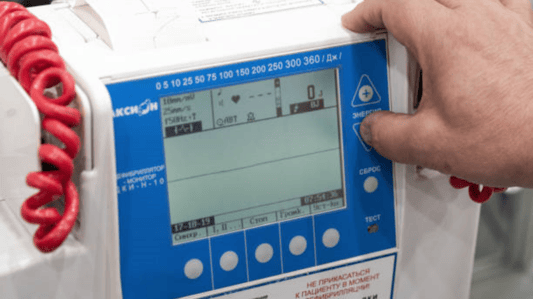What is a scanning laser doppler vibrometer?A scanning laser Doppler vibrometer is a high-tech device used for non-contact vibration measurement on surfaces. It utilizes laser technology to accurately measure vibrations on objects such as structures, machinery, and components. This advanced tool offers precise data on frequency, amplitude, and velocity of vibrations, making it an essential instrument in various industries.How Does a Scanning Laser Doppler Vibrometer Work?The scanning laser Doppler vibrometer works by emitting a laser beam onto the surface of the object being measured. The beam reflects off the surface and returns to the device, where it is analyzed for Doppler shifts caused by vibrations. By measuring these shifts, the device can determine the frequency and intensity of the vibrations, providing valuable insights for engineers and researchers.Applications of Scanning Laser Doppler VibrometerScanning laser Doppler vibrometers are commonly used in structural health monitoring, modal analysis, and vibration testing. They are employed in industries such as aerospace, automotive, civil engineering, and biomechanics to assess the dynamic behavior of components and systems. These devices play a crucial role in ensuring the safety and reliability of structures and machinery.Benefits of Using a Scanning Laser Doppler VibrometerOne of the key benefits of using a scanning laser Doppler vibrometer is its non-contact measurement capability, which eliminates the need for physical sensors that may alter the vibration characteristics. Additionally, these devices offer high accuracy and resolution, allowing for detailed analysis of complex vibration patterns and frequencies.Comparison with Traditional Vibration Measurement MethodsCompared to traditional vibration measurement methods such as accelerometers and strain gauges, scanning laser Doppler vibrometers provide more comprehensive and precise data. They can capture vibrations over a wide frequency range and offer spatial mapping of vibration patterns, giving engineers a deeper understanding of structural dynamics.Factors to Consider When Choosing a Scanning Laser Doppler VibrometerWhen selecting a scanning laser Doppler vibrometer, it is essential to consider factors such as measurement range, scanning speed, spatial resolution, and software capabilities. The device should be suitable for the specific application requirements and provide the necessary features for accurate and efficient vibration analysis.Future Developments in Scanning Laser Doppler Vibrometer TechnologyThe field of scanning laser Doppler vibrometry is continuously evolving, with advancements in laser technology, signal processing, and data analysis algorithms. Future developments may focus on enhancing measurement accuracy, expanding measurement capabilities, and improving user-friendly interfaces to streamline data interpretation and visualization.Challenges and Limitations of Scanning Laser Doppler VibrometerDespite its numerous advantages, scanning laser Doppler vibrometry also has some limitations. Challenges such as sensitivity to environmental conditions, complexity of data interpretation, and cost factors may pose obstacles to its widespread adoption. Overcoming these challenges will require ongoing research and innovation in the field.Industry Trends and Applications of Scanning Laser Doppler VibrometerThe increasing demand for precise vibration analysis in industries such as aerospace, automotive, and structural engineering is driving the adoption of scanning laser Doppler vibrometers. These devices play a crucial role in optimizing product performance, ensuring structural integrity, and enhancing overall efficiency in various industrial applications.ConclusionIn conclusion, scanning laser Doppler vibrometers are powerful tools for non-contact vibration measurement, offering high accuracy, precision, and versatility in analyzing structural dynamics. With continuous advancements in technology and increasing applications across industries, these devices are poised to play a vital role in enhancing product quality, safety, and performance.Quote InquiryContact us


